Subtotal:
₨77,840.00
Description
Splint Sprains Arthritis Band Belt Price in Pakistan
When you suffer from a sprain or arthritis, it can be challenging to find the right support and relief. That’s where splints come in, providing the necessary support and compression to help alleviate pain and inflammation. But with so many options available in the market, it can be tough to determine which splint is right for you. In this guide, we’ll cover everything you need to know about splints, including their benefits, types, and how to choose the right one for your needs.
Benefits of Splints
Splints are a popular choice for people suffering from various conditions, including sprains, fractures, and arthritis. Here are some of the benefits of using a splint:
Provides Support
Splints offer excellent support and stabilization to injured or painful areas. They help immobilize the affected area, preventing further damage and reducing inflammation.
Reduces Pain and Swelling
Splints compress the affected area, reducing pain and swelling. This compression can also improve blood flow to the injured area, speeding up the healing process.
Prevents Further Injury
Splints prevent further injury by immobilizing the affected area. They provide a barrier that prevents any accidental movements, ensuring that the injury has time to heal.
Types of Splints
There are several types of splints available, and choosing the right one depends on the condition you’re trying to treat. Here are some of the most common types of splints:
Wrist Splints
Wrist splints are designed to provide support and compression to the wrist. They are commonly used to treat conditions such as carpal tunnel syndrome, wrist sprains, and arthritis.
Thumb Splints
Thumb splints are designed to immobilize and support the thumb. They are commonly used to treat conditions such as thumb sprains, thumb arthritis, and De Quervain’s tenosynovitis.
Knee Splints
Knee splints are designed to provide support and compression to the knee. They are commonly used to treat conditions such as knee sprains, knee arthritis, and patella instability.
Ankle Splints
Ankle splints are designed to provide support and compression to the ankle. They are commonly used to treat conditions such as ankle sprains, ankle arthritis, and Achilles tendonitis.
Elbow Splints
Elbow splints are designed to provide support and compression to the elbow. They are commonly used to treat conditions such as tennis elbow, golfer’s elbow, and elbow sprains.
Choosing the Right Splint
Choosing the right splint can be challenging, especially if you’re not sure what you’re looking for. Here are some tips to help you choose the right splint for your needs:
Consult a Medical Professional
Before purchasing a splint, it’s essential to consult a medical professional. They can help determine the severity of your injury and recommend the best type of splint for your needs.
Consider the Type of Injury
The type of injury you have will determine the type of splint you need. For example, a wrist splint is not suitable for a knee injury.
Consider the Size and Fit
The size and fit of the splint are crucial for its effectiveness. A splint that is too tight can cause discomfort, while a splint that is too loose won’t provide adequate support.
Look for Comfortable Material
The material of the splint should be comfortable and breathable, allowing for extended wear without causing irritation or discomfort.
How to Wear a Splint
Wearing a splint correctly is crucial for its effectiveness. Here are some tips for wearing a splint:
Follow Your Doctor’s Instructions
Your doctor will provide instructions on how to properly wear and use the splint. Follow these instructions carefully to ensure that the splint provides the right support and compression.
Ensure a Proper Fit
Ensure that the splint fits properly and is adjusted according to the instructions provided by your doctor. The splint should not be too tight or too loose, as this can cause discomfort and interfere with the healing process.
Wear It Consistently
Wear the splint consistently as instructed by your doctor. This will help ensure that the injured area is immobilized and given the necessary support to heal.
Keep It Clean
Keep the splint clean and dry to prevent infection. You can clean the splint with a damp cloth or sponge and mild soap.
FAQs
- Can I wear a splint while sleeping?
It depends on the type of injury and the splint you’re wearing. Your doctor will provide instructions on whether or not you should wear the splint while sleeping.
- How long should I wear the splint?
The length of time you should wear the splint depends on the severity of your injury and your doctor’s instructions. It’s important to wear the splint consistently for the recommended period to ensure proper healing.
- Can I take off the splint for short periods of time?
It’s best to follow your doctor’s instructions regarding the length of time you should wear the splint. Taking off the splint for extended periods can slow down the healing process and increase the risk of further injury.
- Can I wear a splint over clothing?
Yes, you can wear a splint over clothing as long as it’s fitted properly and provides adequate support.
- Can I use a splint for chronic conditions such as arthritis?
Yes, splints can be used to provide support and compression for chronic conditions such as arthritis. Consult with your doctor to determine the best type of splint for your needs.
Conclusion
Splints can be an effective tool for managing pain and promoting healing for various conditions such as sprains, fractures, and arthritis. When choosing a splint, it’s essential to consider the type of injury, fit, and comfort of the material. Wearing the splint correctly and consistently is also crucial for its effectiveness. Always consult with your doctor for proper instructions on how to use and wear the splint.























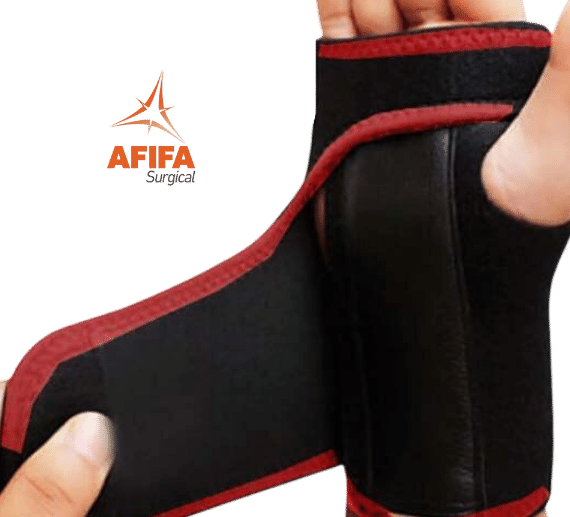
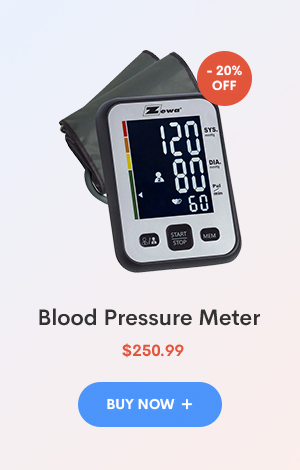
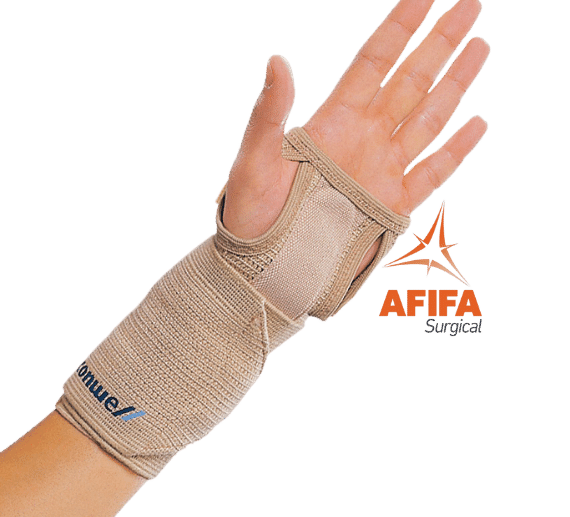
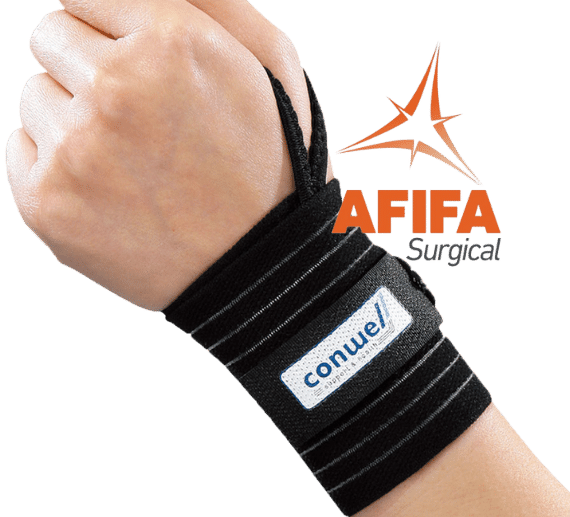
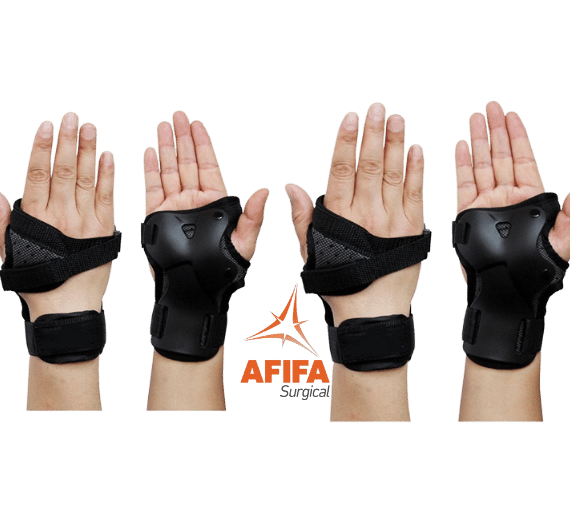
Ali Raza –
Overall, I am very pleased with my experience with AfifaSurgical and would recommend them to anyone in need of surgical and diagnostic instruments.